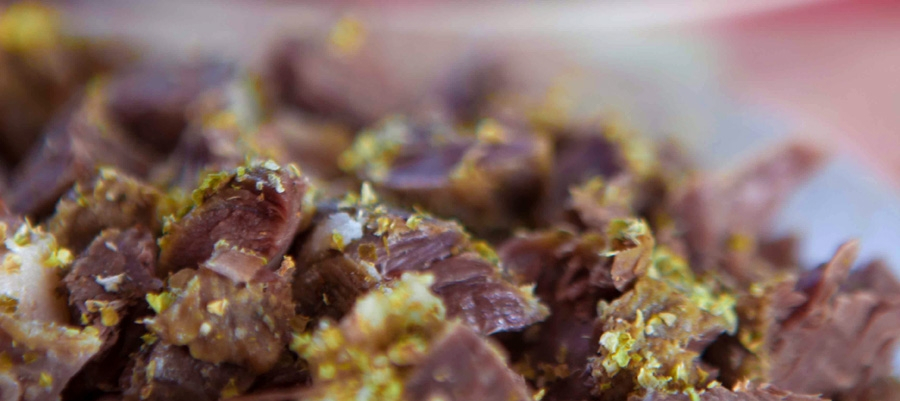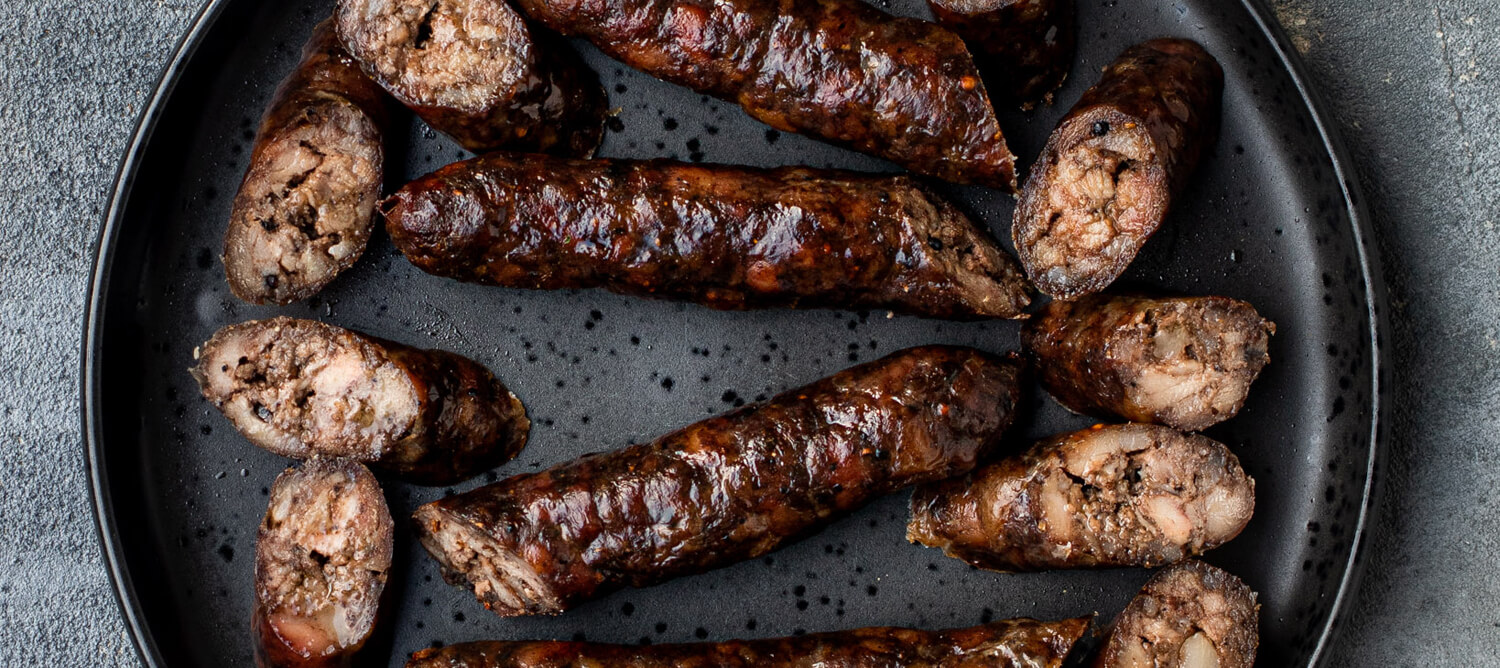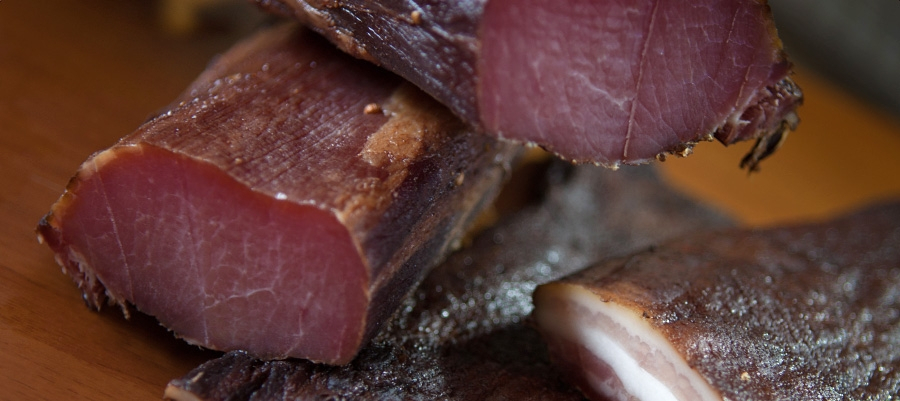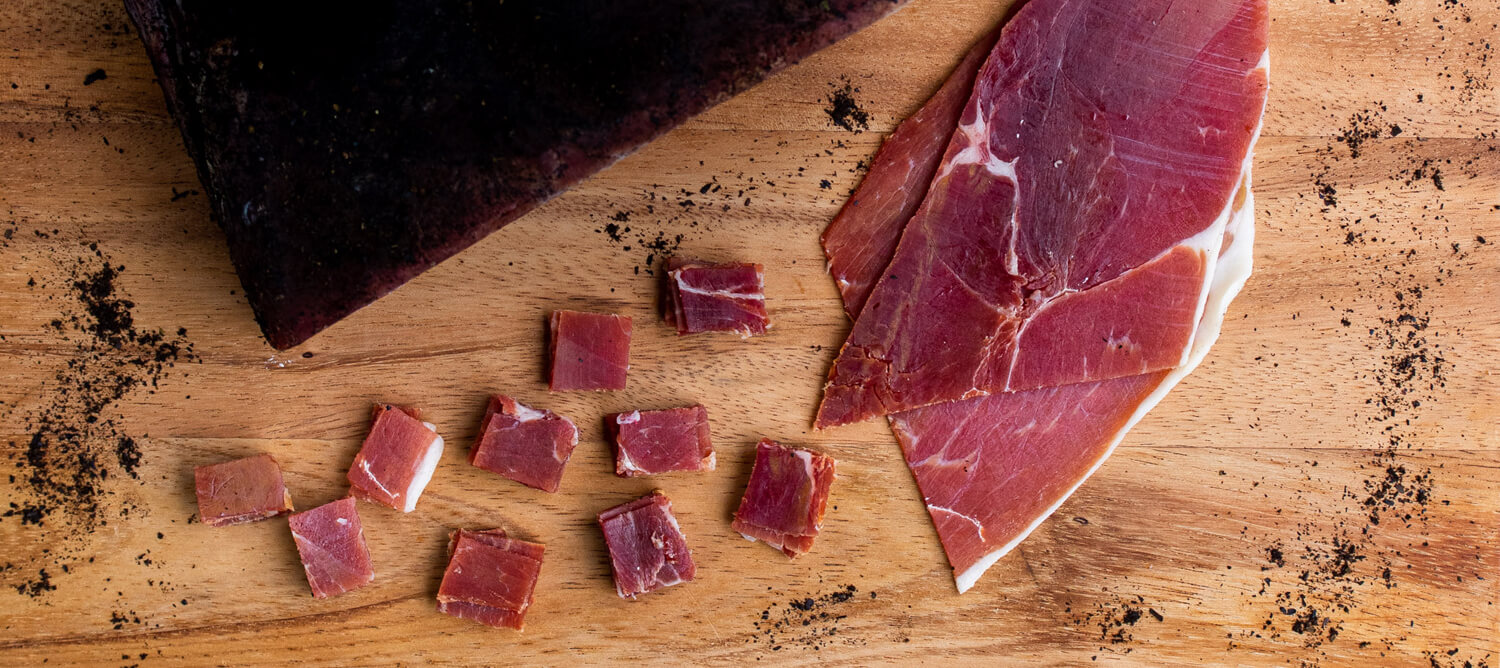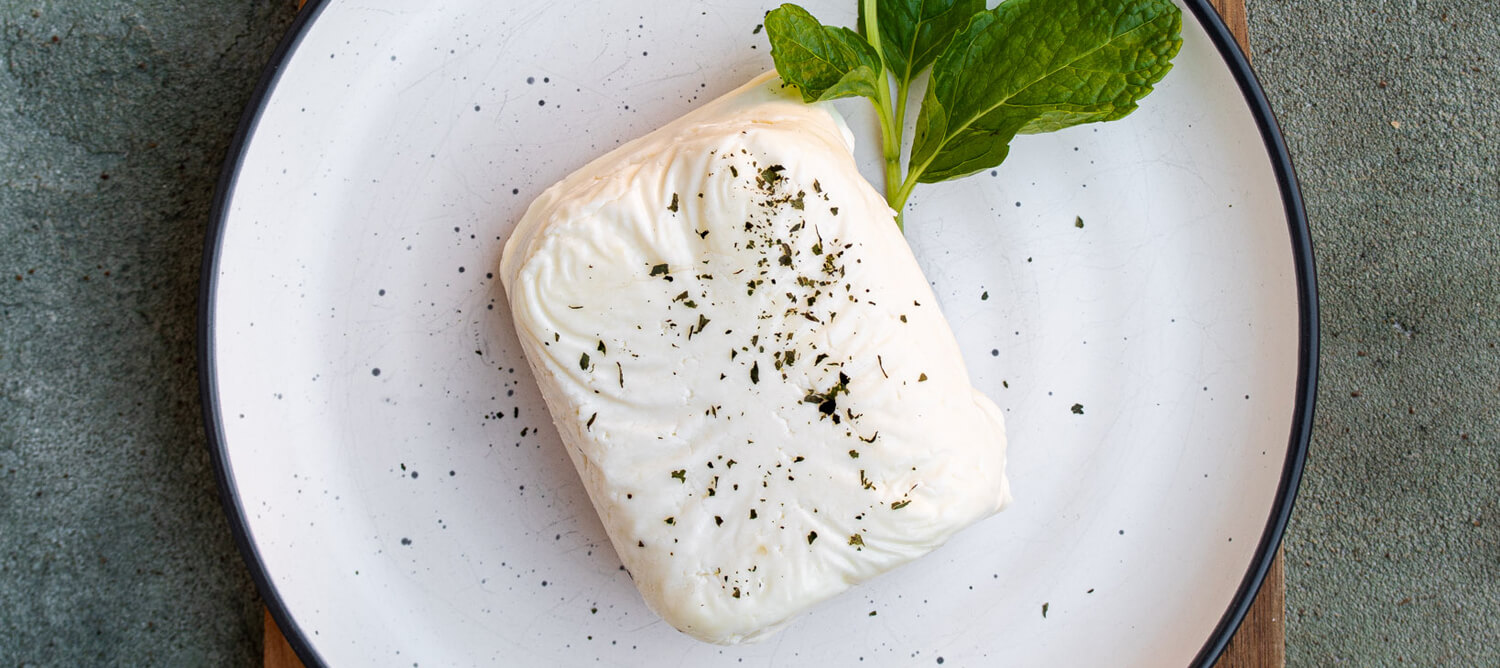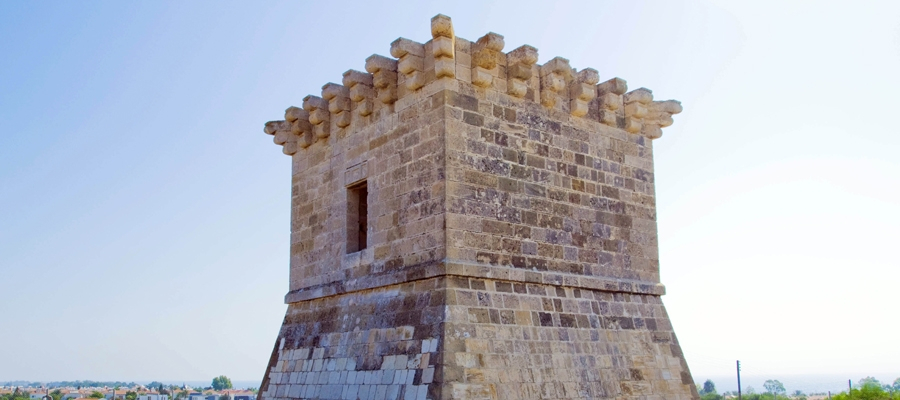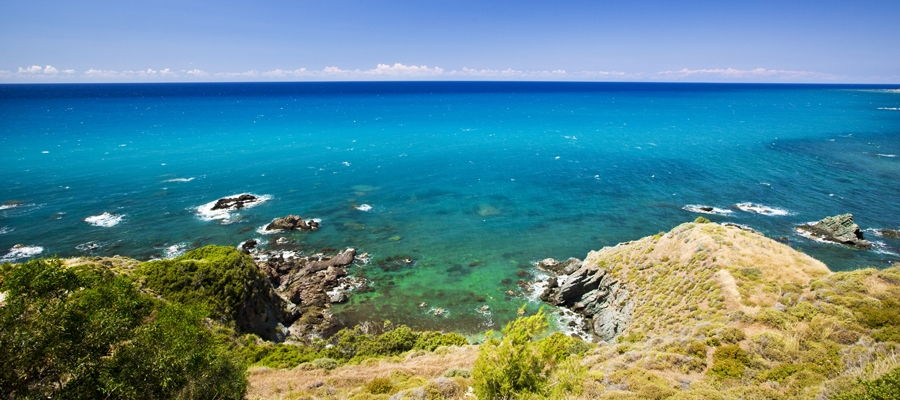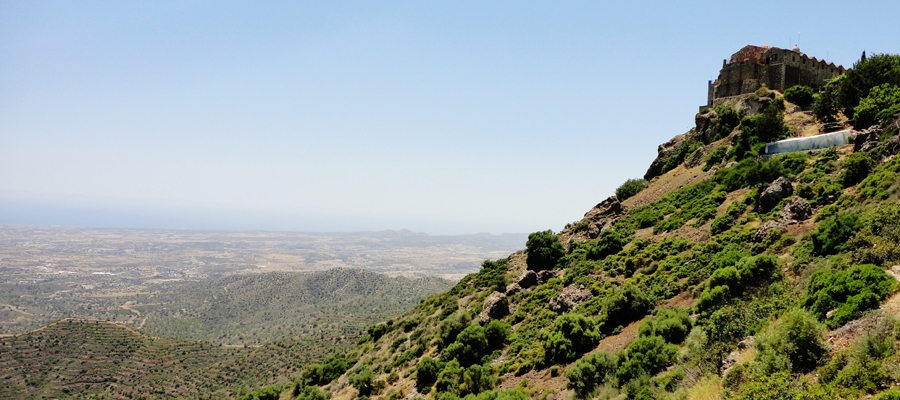Cyprus Copper Itinerary – A tour Through the Heart of Cyprus
Uncover the island’s rich and significant historical ties with copper on a self-drive route that will scenically take you on a journey to the various copper mines and associated sites of the island. Along the way, you will discover a fascinating account of how Cyprus was the largest producer and exporter of the metal to the ancient world for many centuries, and its role in shaping the island’s history.
Pure copper – or its alloys – was a basic material needed for the development of large civilisations around the island, and Cyprus’ copper contributed to the technological progress of the entire Mediterranean world and beyond.
The drive starts from either Lemesos (Limassol) or Larnaka (Larnaca) towards the village of Sia (Sha), where just a few kilometres outside of the village you can admire the bright yellow and brown gossans (iron cap) that are typical of areas where there is copper mineralisation. Two open cast copper mines lie to the left – where the rock formations can be studied on a stroll of the site.
The next stop is the Mathiatis South Copper Mine, preceded by fragrant pine trees, which give way to the bright colours of the gossans that will guide you to the lake of the copper mine. A further drive in the Agia Varvara direction takes you up the road, where there is partial view of the North Mathiatis Open Cast Copper Mine.
From there the journey continues further north towards Agia Varvara village, where a turning near the olive oil factory will lead you onwards to a small valley where the Almyras Copper Mine and its workshops are located.
By continuing your drive through the villages of Kotsiatis, Marki and Tseri, the next site of interest is at Katydata village for a visit to the insightful Museum of Mining Heritage*.
The Skouriotissa Copper Mine and abandoned village are only a five-minute drive from Katydata. To the southwest of the copper mine is the UNFICYP San Martin camp, where you can visit the chapel of Panagia Skouriotissa: ‘Our Lady of the Skouriotissa Copper Mine’, which dates back to around 16th century, and houses some interesting icons. Northwest you will encounter abandoned houses that were built by the mining company CMC, and were used by the miners until 1974. A newly established monastery is situated a few hundred metres from some of the abandoned houses, and is also an interesting sight.
The Cyprus Copper route cannot fail to conjure to mind the rich and vivid past of ancient kingdoms, and the major part that copper played in their development, making it both an interesting and informative day out.
To access the full brochure detailing the island’s copper history and the route in full, click here.
*Visits to the museum require an appointment at least one day in advance, which can be made by contacting Mr Andreas on: +357 99 348 013.

